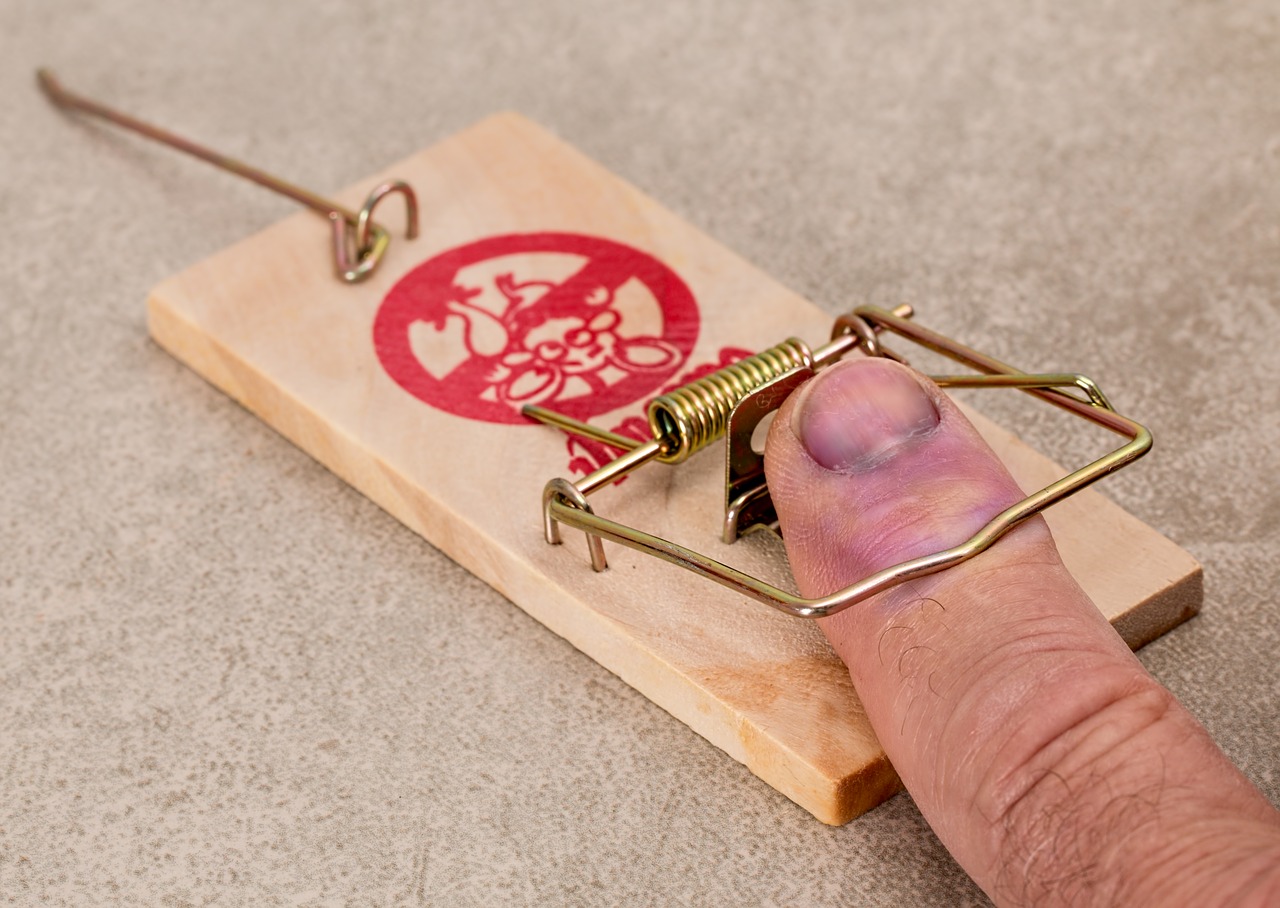Brad Jackson and Cheryl Mann recently authored a commentary for Texas Lawyer newspaper about the common causes of legal malpractice. The Law Offices of Brad Jackson represents both plaintiffs and defendants in cases of professional malpractice, including legal malpractice, accounting malpractice, architecture and engineering malpractice, and other malpractice by licensed non-medical professionals, including tax preparers, insurance agents, construction managers, property managers and others.
Why Lawyers Get Sued for Malpractice and How to Prevent It
Common Causes of Legal Malpractice Lawsuits
By Brad Jackson and Cheryl Mann
The American Bar Association reports that four out of five lawyers will get sued for malpractice at some point in their career. Seventy percent of malpractice claims are filed against small firms of one to five lawyers.
In terms of damaging a lawyer’s reputation, requiring extra work hours, and incurring costly defense expenses, there are few things more daunting than being sued for legal malpractice.
Despite the obvious negatives of being targeted by a client, the same types of conduct account for most malpractice allegations year after year. Similarly, attorneys who handle a select few areas of law are more likely to face a malpractice claim compared to their peers.
Being aware of the common reasons clients decide to sue their lawyers and the areas of practice that represent potential minefields are just two ways attorneys can protect against being the subject of a malpractice lawsuit.
Who Gets Sued for Legal Malpractice?
Every year, the Virginia-based insurance brokerage and risk management firm Ames & Gough publishes a survey of professional liability insurance companies that, combined, provided insurance to roughly 80 percent of the firms listed in the Am Law 200.
The firm’s 9th annual report released in 2018 found that, although claim frequency remained stable over the prior year, claim severity rose. All nine surveyed insurance carriers reported claims reserved at, or in excess of, $500,000, with five insurers reporting at least 21 such claims. Further, five carriers reported paying claims of $50 million or more, including two settlements that totaled in excess of $250 million.
As reported by the surveyed insurers, Ames & Gough identified four practice areas that account for nearly all the legal malpractice lawsuits filed during 2018, which has been consistent since the survey began: Business Transactions (63 percent); Trusts & Estates (55 percent); Corporate & Securities (45 percent); and Real Estate (45 percent).
Additionally, according to the American Bar Association, plaintiff’s personal injury firms are at a higher risk as are attorneys practicing IP law and the newly emerging area of loan modification.
Most Common Legal Malpractice Claims
Once again, the Ames & Gough survey identified real and perceived conflicts of interest as the leading legal malpractice claim last year. In fact, conflicts have topped the list every year the survey has been conducted.
Many of the conflict problems are attributed to lateral hires or “merged” attorneys who allegedly are not properly trained or supervised. The conflict issue also is blamed on firms that fail to properly screen incoming attorneys to make sure their prior work does not put them in conflict with existing client matters.
Other common causes of legal malpractice lawsuits include:
- Failure to know or properly apply substantive law
- Missing statute of limitations
- Failing to calendar deadlines
- Missing a crucial filing date
- Inadequate investigation or fact discovery
- Administrative errors
- Intentional wrongdoing
- Failure to follow client instructions
- Failure to properly obtain client consent
In its 2017 survey, Ames & Gough reported that the costs of defending malpractice claims continued to rise with two of the insurers reporting average malpractice defense costs at more than $500,000 while the remaining seven companies said they averaged between $50,000 and $500,000. In other words, getting sued for malpractice is not an inexpensive proposition.
How to Prevent a Legal Malpractice Lawsuit
Since the causes of legal malpractice are readily identifiable, there are clear ways to reduce the risk of being sued by a client.
On the conflicts front, firms need to be hyper-vigilant when bringing in new attorneys to help lessen the chances that a client will claim a real or perceived conflict. This is especially true for law firms in Texas based on the recent influx of out-of-state firms and lawyers who have decided to set up shop in the Lone Star State.
Attorneys who are accused of failing to properly apply substantive law often are working in areas outside their expertise for one reason or the other. Unfortunately, some lawyers decide to “wing it” to help satisfy a client’s immediate needs only to later find out that they were in over their heads. All told, it is much safer and better for the lawyer to refer a matter to another law firm with more expertise instead of trying to hold on to the work. This is a common problem for small firms trying to be a “one-stop-shop” for their clients.
Another common thread in malpractice claims can be tied to poor communication with clients. If a client asks for information about their case, every law firm should make a good faith effort to respond in a timely manner. Ignoring a “pestering” client is a recipe for a grievance and potentially a legal malpractice lawsuit.
Although some lawyers have trouble admitting their mistakes, doing so can diffuse a potential malpractice claim. Owning up to a mistake and explaining what can be done to resolve the issue is not only ethically the right thing to do, it also shows clients that their attorneys are human and willing to resolve whatever problem their mistake caused.
Best practice is for a firm to immediately contact their malpractice insurer whenever they become aware of a possible claim. That does not mean waiting until a lawsuit is filed with a request for damages, which can only prolong the process. Most insurers will allow the filing of a “notice of circumstance,” which can help ensure that firms are covered in the event of an actual malpractice lawsuit.
No one wants to be sued for legal malpractice. It is costly, time-consuming, and potentially damaging in terms of reputation and legal expenses. Knowing the rules and the areas that are most likely to result in a claim are the best tools to keep it from happening.
Brad Jackson is the founder of The Law Offices of Brad Jackson in Dallas. Jackson is Board Certified in Civil Trial Law by the Texas Board of Legal Specialization. He and fellow firm attorney Cheryl L. Mann regularly represent lawyers, law firms and individuals in legal malpractice lawsuits.
Reprinted with permission from the Sept. 4, 2019, edition of Texas Lawyer. © ALM Media Properties, LLC. All rights reserved.


